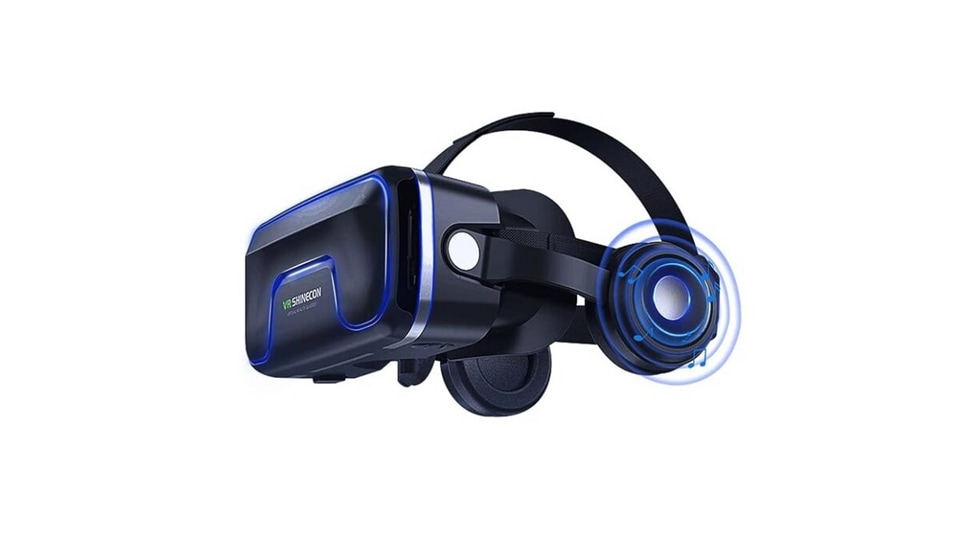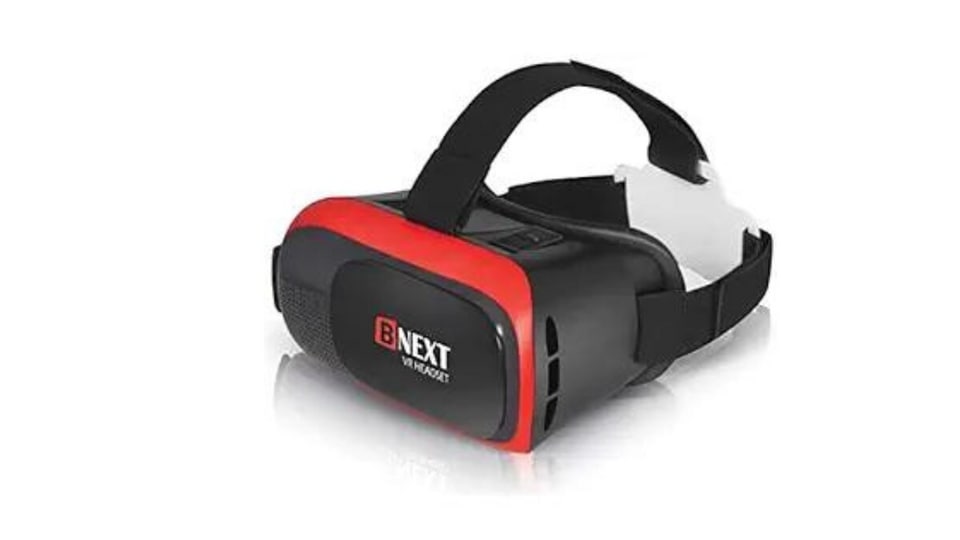Terra Nil: The $200 Billion Video Game Industry Is a Huge Global Climate Opportunity
Terra Nil: Video Games are good at illustrating “this idea of progression,” says Deborah Mensah-Bonsu, founder of Games for Good on its huge climate opportunity, in a Q&A with Bloomberg Green.






 View all Images
View all ImagesThe video game begins with a disturbing scene: a city almost entirely underwater. The city's developers must reclaim land from the sea in order to build new infrastructure, but too much digging will trigger earthquakes and raw materials are scarce. Survival is contingent on finding workarounds, and on installing tidal turbines and other technologies that can harness renewable energy. Squaring such big circles might not sound like a fun way to spend a Saturday. But when Terra Nil — a city-building strategy game from Cape Town-based Free Lives — hit the market last year, players from all over the globe signed up to give it a go. Within a week of the game's debut, more than 300,000 people played it.
That success is music to the ears of gamers, policymakers, and researchers who say that video games have the potential to boost climate messaging. In 2019, the United Nations even formed an alliance with dozens of gaming companies across the $200 billion industry. One of its initiatives, an annual campaign known as the Green Game Jam, challenges studios to incorporate environmental themes into their most popular titles. Last year, for example, nature conservation was thematically implemented into 41 games, including Angry Birds, Asphalt and Pac-man.
There's some research to back up the idea that these efforts will bear fruit. In 2022, researchers at Yale University surveyed more than 2,000 gamers in the US on their opinions about climate change. Roughly one in five said they watched or heard about climate change via game play or streaming, and one in eight said they took action in real life based on what they'd learned.
“Games have the power to help us imagine a different and better future at a massive scale, and to reinforce a mindset of empathy and perseverance to help us create it,” says Deborah Mensah-Bonsu.
Mensah-Bonsu is founder of Games for Good, a London-based consultancy that advises companies — including Netflix and Supercell — on environmental themes in games. She started the company after a career spent at studios like Microsoft's Xbox and Space Ape Games, and was inspired in part by a 2019 campaign to raise money through in-game purchases for wildfire relief efforts in Australia. (It yielded $120,000 in just four days.)
Bloomberg Green spoke with Mensah-Bonsu about how to create good games that incorporate climate education and how to minimize the carbon footprint of gaming itself. The conversation has been edited and condensed for clarity.
You've spent years on content curation and community building for global gaming studios. What made you combine gaming with climate education?
With my first job in gaming at Xbox, I understood the power of community that the games industry has in spades. It's unique because people connect over games. There's also this longevity that comes with it. At some point, I started to think about what else we can do with games. Could games be used for social impact or for raising awareness?
In 2019, when I was working at Space Ape Games, a London-based studio, there were wildfires in Australia that everyone was aware of. It was our players who asked us, “Hey, is there anything that we can do?” We got together with our game design teams and created an in-game purchase in our titles. All the proceeds of that went towards fire relief efforts in Australia. That was one of the early campaigns that we did. Since then, there have been loads of others.
It's really nice when studios and the player communities can work together. Players can enjoy the game that they love, and also feel good about playing that game because the studio behind it is doing something bigger. It enhances a gaming experience they would have had anyway by adding a component for good, rather than simply putting the onus on them to make a donation on their own. Partnering in this way is more engaging.
Why aren't more studios developing climate-themed games?
On some level, it might just be a lack of awareness on the studio side that they can do it. Maybe they just don't know, or they think it's way too much of a commitment. We're trying to do a little bit of myth-busting through campaigns such as the Green Game Jam. You can find ways to incorporate [climate change] into your game that will delight your players, rather than making it harder for you to hit your development goals.
How easy is it to create a video game that is both fun to play and educational enough to raise environmental awareness? What's the formula for success?
It's a really big challenge to make a hit game that millions of people will enjoy, and when you add the other piece on top of it, that's even harder. This is what I love about the Game Jam. It's not a regular game jam, where you're coming up with prototypes of new games that may or may not be released. Instead, we're asking developers who have already managed to crack that first piece and made a hit game to try to incorporate a new element into it that will help teach players about things like climate change. It's much more effective than trying to make a hit game about the subject.
That doesn't mean we shouldn't make games about the subject. We need all kinds of games. One good example is Terra Nil by Free Lives, a gaming studio in South Africa. It's a city-building strategy game. The studio first tried to make a fun game, and then they thought about how to make this relevant for climate change. That's really smart. Especially for games, it has to be fun. Then you get people's attention and can reach them and tell them about things that maybe they haven't thought about.
We are now on WhatsApp. Click to join.
Have you learned anything new about climate change from gaming?
I learn so much every year by helping to put together the Game Jam because I always need to deep-dive on the theme. So I've learned a ton about restoration, biodiversity, wildlife conservation, waste, oceans, citizen action, you name it.
On the whole, it made me realize that the way we talk about these subjects needs to change, too. When we're talking to our players about things like climate change, net zero or 1.5 degrees, that doesn't necessarily mean so much to the average person. It's such a good challenge to take some of that academic jargon and put it in a way that regular people can understand and do something with.
Games are also really good at [fostering] this idea of progression. You don't have to solve the whole thing in one go. There's steps. If you take the first step, that will then fuel action for the next step. As long as those things feel doable, you're going to be much more likely to reach that larger behavior change or that larger change as a society. I feel games can really help people to get on that ladder of “Let's do something together” and “Let's do more.”
How do you feel about turning the climate crisis into a subject of entertainment?
When we think about the impacts [of climate change] and the way that our world is changing, it can be really scary. Climate anxiety is real. We have to make people feel less afraid and more empowered. I don't think the right way forward is fear.
I don't know if by keeping things really serious, we're gonna get more done. One of the things that keeps me going is like “Gosh, it's a lot of fun.” If it wasn't fun for me, I don't know if I would keep doing it. It's so fun to be amongst this group of people who care about things and we try to find new, creative, innovative ways to get other people to care, too.
Gaming has its own emissions toll. What is your advice for players to minimize their climate impact?
Check your system settings, especially if you're playing on console. They will have energy-saving modes that you can put on. Make sure that your devices are in power-saving mode or on sleep rather than just staying in idle.
Look into the energy efficiency of your gear. When it comes to the console, you'll need a monitor to be able to play. You can use a more energy-efficient monitor to play your game rather than playing it on your giant 4K [resolution] TV. That makes a big difference.
It's good to hang on to things for as long as possible rather than always circulating out old devices and bringing in the new ones.
Where possible, definitely switch your own energy consumption to renewable energy.
As a player, you can play games with a green message to support their developers. Players can also tell gaming studios that they want to see more of that content. Because studios listen to what their players want, that helps create more demand.
What to play
For kids:
Alba: A Wildlife Adventure / ustwo Games
KangaZoo / Chaos Theory
Minecraft: Sustainable City / Mojang Studios
For teens/adults:
Terra Nil / Free Lives
The Wandering Village / Stray Fawn Studios
Imagine Earth / Serious Bros.
Games with general green themes (for teens/adults):
Riders Republic / Ubisoft Annecy
Monument Valley II / ustwo Games
Horizon Forbidden West / Guerrilla Games
One more thing! We are now on WhatsApp Channels! Follow us there so you never miss any updates from the world of technology. To follow the HT Tech channel on WhatsApp, click here to join now!
Catch all the Latest Tech News, Mobile News, Laptop News, Gaming news, Wearables News , How To News, also keep up with us on Whatsapp channel,Twitter, Facebook, Google News, and Instagram. For our latest videos, subscribe to our YouTube channel.































